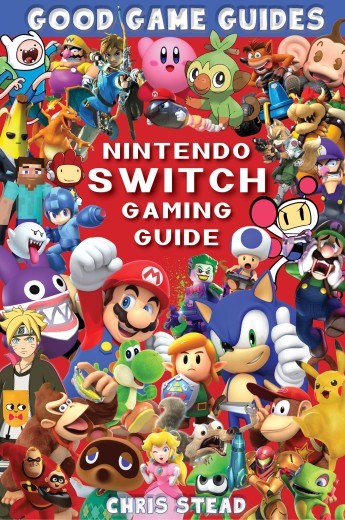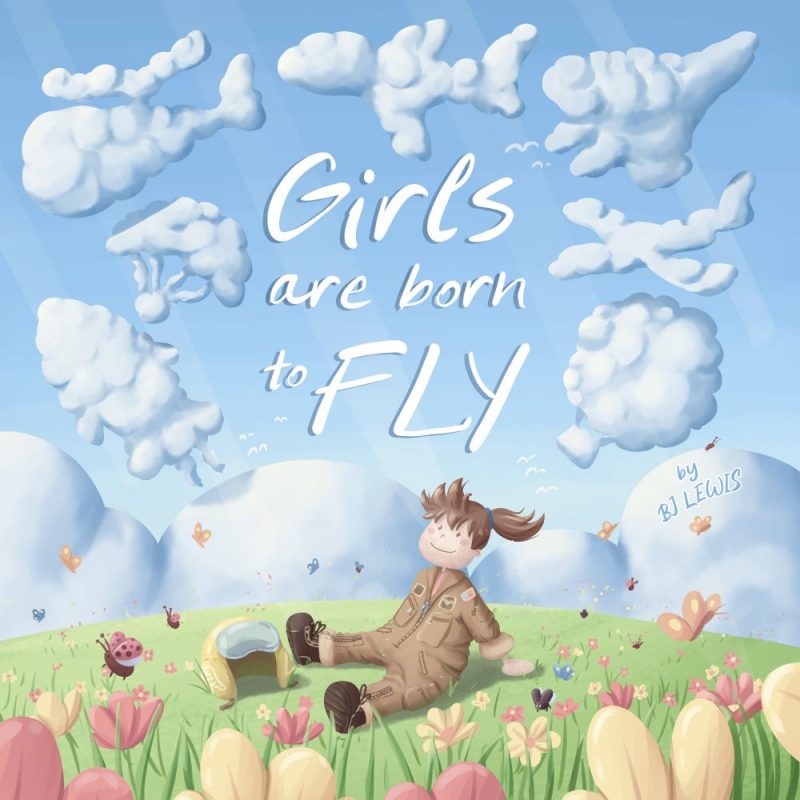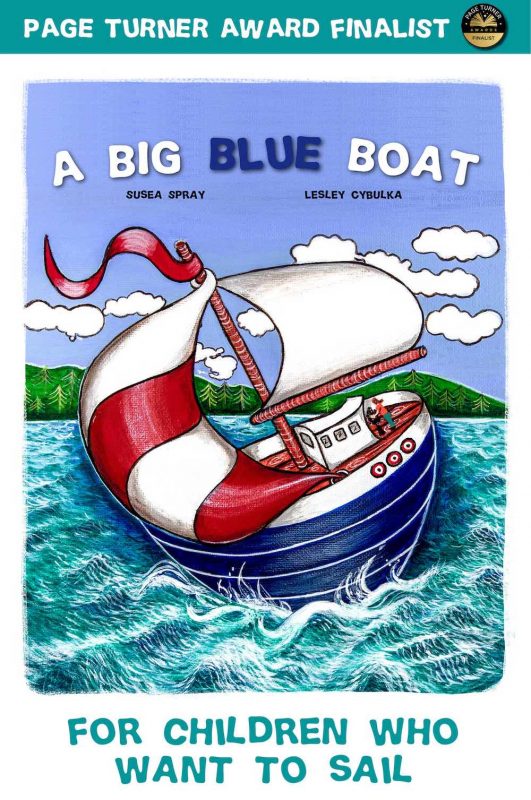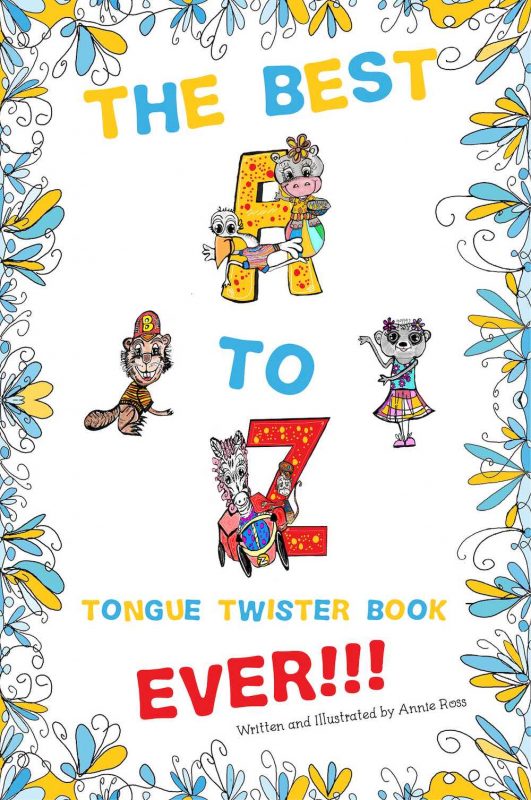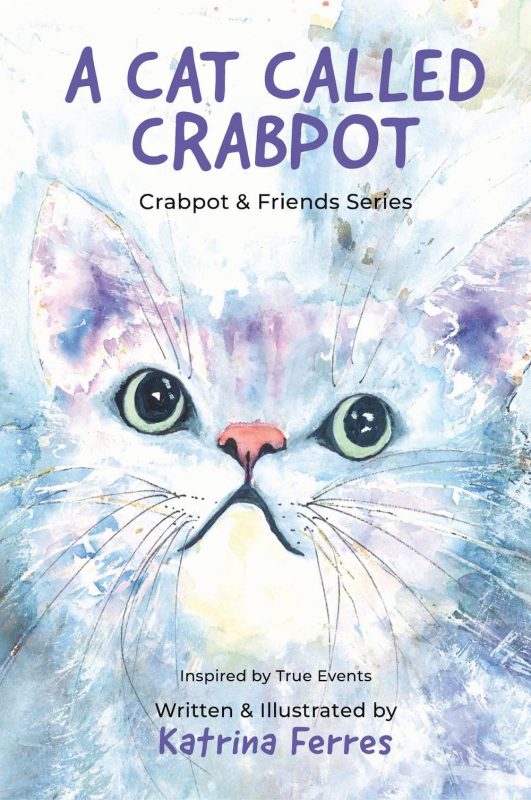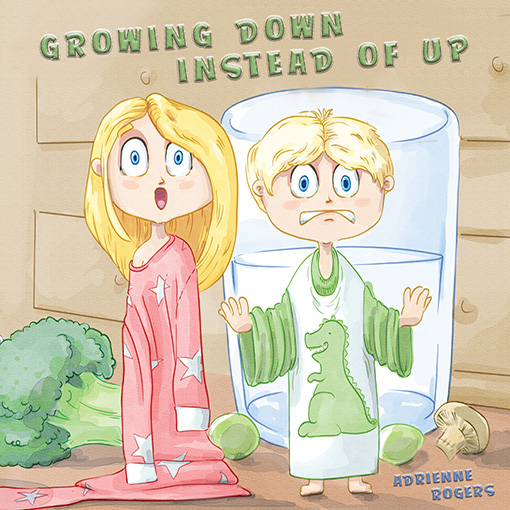When hiring an editor to help finalise your book, be sure you know what type of editing service you are purchasing. Have you hired a sub-editor or an editor?
With all due respect to the many hardworking sub-editors in publishing, there is a difference between that profession, and that of an editor. A sub-editor, sometimes referred to as a copy-editor, is the gatekeeper of grammar; a sorcerer of spelling. An important soldier with a vital role to play in toughening up a book’s defence against errors in the copy.
An editor, on the other hand, is the commander-in-chief, charged with controlling the entire war effort. That not only includes the copy quality, but the overall vision for a project. An editor makes sure that all the elements that make up a book are pushing forward together as a unit in order to produce the desired result. A world-class book.
So on top of the spelling and grammar, an editor would also provide guidance on book design, character arcs, world depth, pacing, branding, illustrations/cover, tone and much more. They also ensure word choice and sentence structure matches the target demographic. In short, they take all the pieces of the puzzle and put it together efficiently. The result is a book that not only has a body, but a soul. Plus, it's important that an editor does this in a way that helps teach the author how to grow as a writer.
In the dialogue I am having with authors looking at our editing service, and from what I am seeing in forums, there seems to be a lack of demarcation between the terms editor and sub-editor. I keep reading complaints like, “I wasted money on an editor.” They’ve found issues with test reads or subsequent revisions that an editor should have caught. I fear a lot of people are hiring a sub-editor, but expecting an editor. Potentially because the former is a less time intensive task and therefore cheaper.
What is the difference between hiring an editor and hiring a sub-editor / copy-editor?
An editor is responsible for protecting, nurturing and conditioning the overall vision for your book. They will make sure it’s grammatically correct and bereft of spelling errors. However, they will also identify holes in the story and advise where and how it can be strengthened. A sub-editor will prioritise the elimination of errors. They won’t necessarily be skilled in, or even expected to provide, a detailed analysis of how the story works as an overall experience for your target demographic.
If you’re hiring an editor, it’s because you want a skilled professional joining you on your journey. So not just proof-reading it. Someone who is invested in helping you build and improve the overall reader experience. A good editor will not change your voice or your story, only accentuate and enhance it. The final manuscript will always be your book and your vision, just the best version of it that it can possibly be.
If you’re hiring a sub-editor, it’s because you’re specifically looking for someone to check for errors in the copy. As you may have inferred, hiring a sub-editor to look after one specific task is cheaper than hiring an editor.
Do you need an editor as well as a sub-editor?
Most editors will be proficient sub-editors, too, as it's the nature of the job. An editor is the final say on all copy, which means you must have an extremely high-level of grammatical know-how. In fact, nowadays a sub-editor is something of a luxury. A genuine, professional sub-editor will always be your best bet for the most accurate copy, but few organisations I have been involved with since the GFC have had the budget. As an editor, it has fallen on me for the past decade to also sub the copy and proof-read the final PDFs. So hiring an editor does get you a sub-editor, too.
Depending on your budget, you may look to just get your book sub-edited to ensure the copy is up to a publishable standard. Just be sure to fix your expectations accordingly. If negative reviews start appearing pointing at holes in your story, unfulfilled characters and other such issues, don’t blame a sub-editor. Instead you need to look into hiring an editor.
Proof-reader vs. Sub-editor
A proof-reader is another term you may come across. It's a similar role to that of a sub-editor, only at a different point in the production process. A sub-editor usually tackles a manuscript prior to the design phase: usually in a word document. A proof-reader, on the other hand, looks at the book in its designed form. This could be as a set of print-ready PDFs, or as an ePub or mobi file depending on your digital outlets. At this stage of the process, you are looking for not just spelling and grammar gremlins, but also formatting issues. This could include widows or orphans, text that is not fitting on a page, image issues, font failures, page numbers and more. So elements that aren't part of the book until post-design.
Some printers will send you a set of proofs - so your book on the final paper - for you to check. This is particularly useful in visual products - like magazines - where you need to ensure images appear correctly on the paper stock. But for most self-published indie authors, you will be checking the final publishable file only. In my experience, an editor usually takes control of the proof-reading to give a project the final approval. So you would not need to hire a proof-reader and an editor.
A Case Study
Would you like a specific example of how the editing process will impact the final book? Please read a case study and testimonial from one of our published authors, Nicholas Abdilla.
When is the right time to hire an editor?
Hiring an editor to join you on your journey to being published should be something you take very seriously. Your name will be on the cover, and you want that to be a marker for quality. But it’s also an investment, so be sure your book is ready to be edited before you begin asking for quotes. If the answer is yes to the following, then you’re ready to request a quote.
- My book’s text is complete.
- I’ve read through my book multiple times to check for errors.
- Family or friends have beta tested my book and I have acted on their feedback as required.
- I’m happy that I have a vision for the story and its end message.
- I know my intended reader demographic.
How hiring an editor influences illustrations
With children’s picture books, which we work a lot with here at Old Mate Media, an editor's role extends to illustrations. As protectors of the overall vision, an editor must ensure the illustrated journey and the narrative are in perfect sync. A picture book, by definition, is told and seen. Plus, both must be orchestrated to match the age of your intended reader demographic. Don’t undersell children; they’re not idiots. If they don’t connect the story to what they are seeing, or there are holes in either, the book will lose their attention. And quickly.
We can’t speak for all the editing services out there, but at Old Mate Media we contribute to the overall vision. This includes the illustrations. We ensure the dialogue between the author and artist works. In this way, what’s in the mind's eye of the former is captured by the latter. This ensures the image captures the action or event told in that sequence of text in a meaningful way. We call this “artist speak,” and it's a learned skill. The better you do it, the less time (and money) is spent on illustrations.
Where to Next?
Are you an author finalising their novel or children’s picture book and considering hiring an editor? Then be sure to look at our editing service and feel free to reach out. Even if you just need some starting advice, we’re happy to help.

